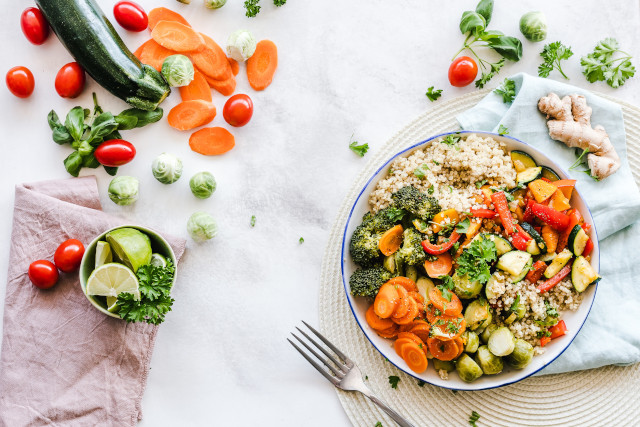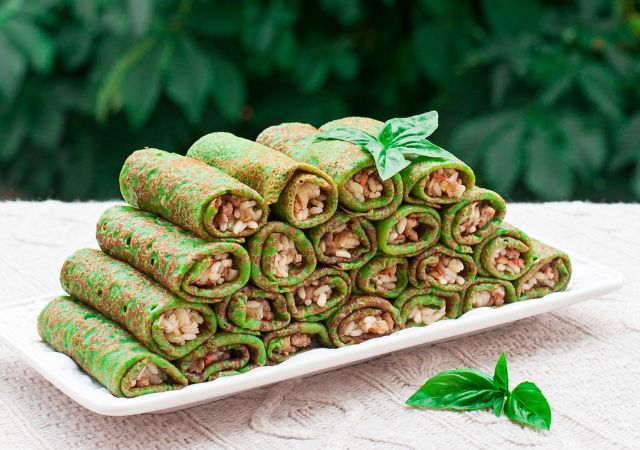Rice is a popular staple in a lot of family’s’ homes. It is a versatile food that can be paired with almost anything. There are many different varieties of rice, like jasmine, black rice, brown rice, red cargo rice, and wild rice.
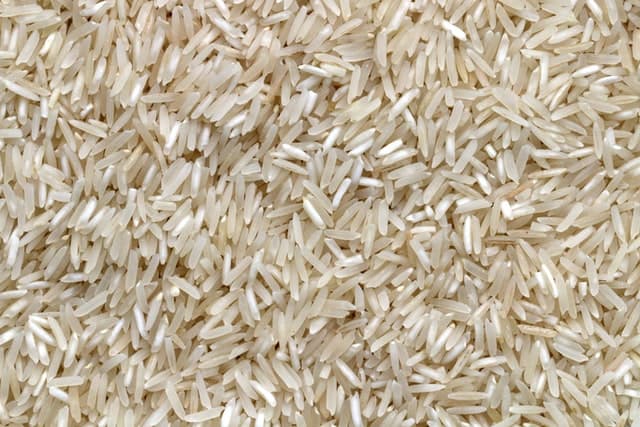
Contents
In America, the most popular varieties of rice are white and brown rice. A question that gets asked a lot is what is the glycemic index for these varieties, and which one is healthier?
Glycemic Index
Simply put, the glycemic index is a tool used to manage and promote blood sugar management. It is a tool useful for those who need to control their blood sugar levels, like diabetics. The glycemic index also helps with weight loss and decreasing cholesterol levels. Keep in mind that glycemic index is different than the glycemic load.
Factors
There are several factors that go into calculating the glycemic index, like food and the nutrient content, cooking methods, ripeness, and the amount of processing it went through. The glycemic index is a scale-based tool that classifies food as having low, medium, or high glycemia. The ratings are low is 55 or less, medium is 56-69, and high is 70 and above.
Foods
Determining the GI of foods that you often eat can be useful if you’re following a low glycemic diet. Foods high in refined carbs and sugar are digested quicker and often have a high GI. Foods high in protein, fat, or fiber typically have a low GI. Foods that contain no carbs are not assigned a GI and include meat, fish, poultry, nuts, seeds, herbs, spices, and oils.
Cooking Methods
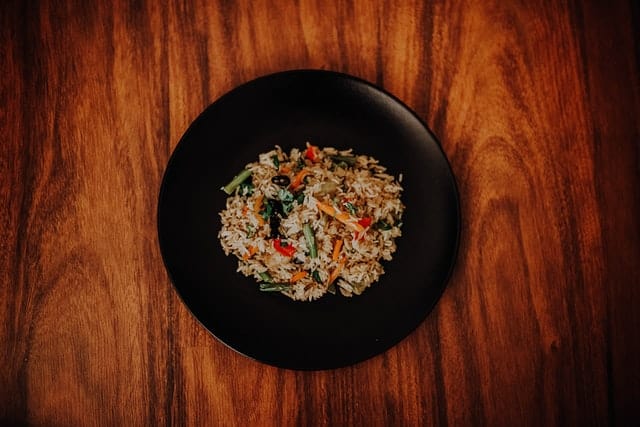
The cooking method used can affect the glycemic index for certain foods. For example, fried foods tend to contain a high amount of fat, which can slow the absorption of sugar in the bloodstream and decrease the GI. Boiling is thought to help retain more of the resistant starch and lead to a lower GI, compared with other cooking methods. Meanwhile, roasting and baking can break down resistant starch — a type of starch that resists digestion and is commonly found in foods like legumes, potatoes, and oats — increases the GI.
Instructions
To cook brown rice:
- Rinse your rice in cool water to remove extra starch and any dust that might have built up.
- Add the rice to a pot with about 1 ½ cups of water for every cup of dry brown rice.
- Bring the water to a boil.
- Reduce the heat to low and cover the pot.
- Let the rice simmer for about 20 minutes before you take it off the heat.
- Leave the rice to sit and steam for another 10 minutes before you serve.
You can also use a rice cooker, which will heat the rice until it’s done and then switch automatically to warming mode:
- Use the same ratio of rinsed dry brown rice to water.
- When the cooker is done, let the rice sit on warming mode for 5 to 10 minutes, so it doesn’t get sticky.
Dishes
Rice is a versatile food and can pair with almost anything. It can be eaten in soups, stir fry’s, rice bowls, or puddings. It is a great way to get in your healthy carbs.
Timing
The longer you cook foods like pasta or rice, the greater the digestibility of their starch content, and thus the higher their GI. As such, it’s best to only cook these foods until they reach an al dente texture, meaning that they’re still firm when biting into them. In addition to the cooking method used, the degree of ripeness may also affect the GI of some fruits, including bananas. This is because the amount of resistant starch decreases during the ripening process, leading to a higher GI
Low Glycemic Index
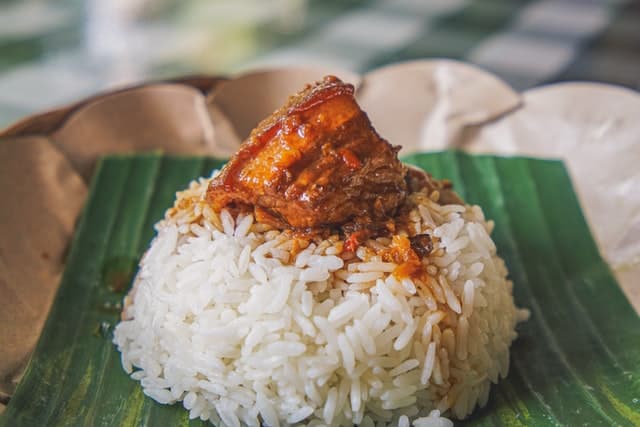
Low glycemic foods are things like fruits, non-starchy vegetables, whole grains, and legumes. Fruits that have a low glycemic index are apples, berries, oranges, lemons, limes, and grapefruit. Non-starchy vegetables in broccoli, cauliflower, carrots, spinach, and tomatoes. Whole grains include quinoa, couscous, barley, buckwheat, farro, and oats. And lastly, low glycemic index legumes are lentils, black beans, chickpeas, and kidney beans.
No Glycemic Index
There are many foods that don’t have a glycemic index, like meat, seafood, poultry, oils, nuts, seeds, herbs, and spices. These include things like beef, lamb, tuna, salmon, mackerel, chicken, turkey, duck, olive oil, coconut oil, avocado oil, almonds, macadamia nuts, chia seeds, sesame seeds, turmeric, black pepper, and cumin.
High Glycemic Index
There are a lot of foods that are off the charts and should be avoided when it comes to the glycemic index. These are things like bread, rice, cereals, pastas, starchy vegetables, baked goods, snacks, and sugar-sweetened beverages. Some examples are mashed potatoes, cakes, chocolate, crackers, chips, sodas, fruit juices, and sports drinks.
Rice
There is much debate over which type of rice is better for you, white or brown? White rice has a reputation for being bad or unhealthy. But white rice is consumed more than brown rice. Each has their own benefits. Keep in mind that one serving of brown rice is only a half-cup of cooked rice. A half-cup of dry brown rice will give you a full cup of cooked rice, and you might get even more with a side of rice from your favorite restaurant. Be careful to stick to that half-cup serving.
The Difference
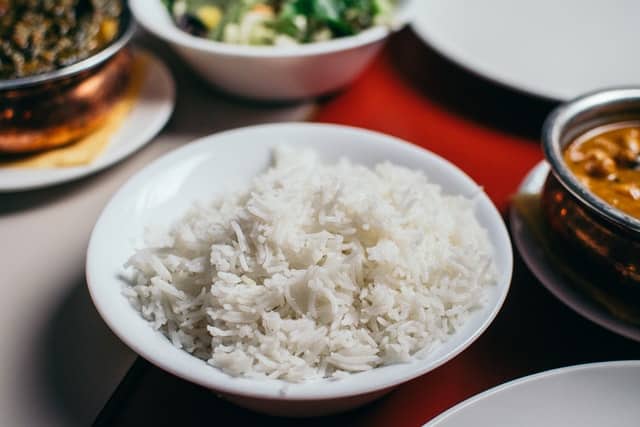
The main difference between white rice and brown rice is that brown rice is a whole grain. It contains the fibrous bran, nutritious germ, and the carb-rich endosperm. White rice has the bran and germ removed. Since these are the most nutritious parts of the grain, white rice therefore contains very few nutrients.
White Rice
All white rice starts out as brown rice. A milling process removes the rice’s husk, bran, and germ. This process increases white rice’s shelf life but removes much of its nutrition, including fiber, vitamins, and minerals. To counteract this, white rice is artificially fortified with nutrients. The refined grain is also polished to appear more palatable.
Brown Rice
Because brown rice is a whole grain, there are a lot more advantages to your health. These include nutrients, blood sugar effects, reduction in heart disease, rich in antioxidants, and aids in weight control. Brown rice also contains fiber and several vitamins and minerals.
Nutrients
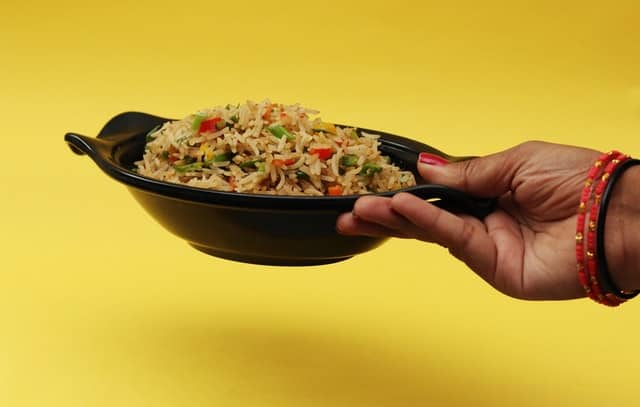
Brown rice has a slight advantage over white rice when it comes to nutrient content. It has more fiber and antioxidants, as well as more vitamins and minerals. However, these differences aren’t hugely significant. For comparison, 100 grams (3.5 ounces) of cooked brown rice provide 1.6 grams of fiber, whereas 100 grams (3.5 ounces) of white provide only 0.4 grams of fiber.
Brown rice contains many vitamins and minerals, such as calcium, iron, manganese, magnesium, phosphorus, selenium, vitamin B1 (thiamine), and vitamin B6 (pyridoxine). Brown rice is a rich source of phenols and flavonoids which are two types of antioxidants that help reduce damage to cells and reduce the risk of premature aging.
Blood sugar levels
Brown rice is high in magnesium and fiber, both of which help control blood sugar levels. Research suggests that regularly eating whole grains, like brown rice, helps lower blood sugar levels and decreases the risk of type 2 diabetes. Even just replacing white rice with brown has been shown to lower blood sugar levels and decrease type 2 diabetes risk.
Diabetes
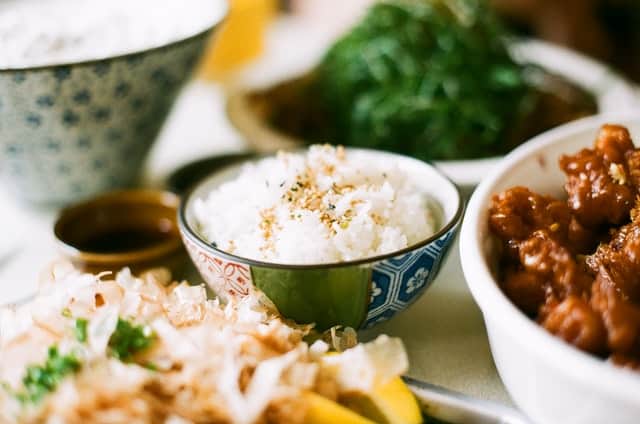
Eating lots of white rice has been linked to an increased risk of diabetes. Brown rice has a glycemic index of about 50 and white rice has a glycemic index of about 89, meaning that white rice increases blood sugar levels much faster than brown.
Still, both are very high in carbs, which will cause your blood sugar levels to rise. However, you can lower the glycemic index of white rice by cooling it. This forms resistant starch, which moves through your digestive tract unchanged and works similarly to soluble fiber. White rice that has been boiled, cooled, and reheated has a of 53.
Heart Disease Risk
Studies suggest that eating brown rice helps reduce several risk factors for heart disease. An analysis of 45 studies found that people who ate the most whole grains, including brown rice, had a 16–21% lower risk of heart disease than people who ate the fewest whole grains.
Antioxidants
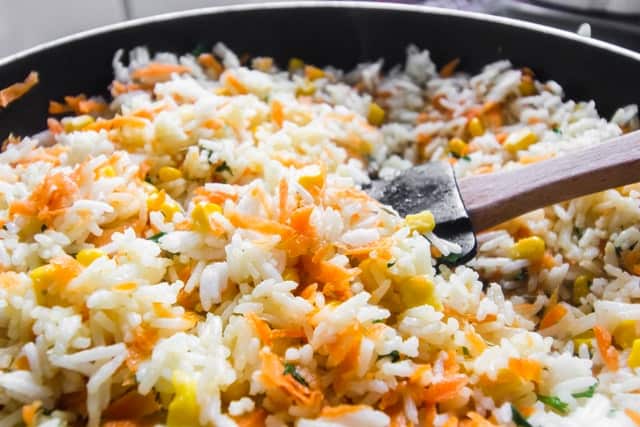
The bran of brown rice contains many powerful antioxidants, which can help neutralize harmful free radical compounds and reduce inflammation in the body. Studies show that due to their antioxidant levels, whole grains like brown rice may help prevent chronic diseases such as heart disease, cancer, and type 2 diabetes.
Weight Control
Eating brown rice instead of white may also significantly reduce weight, body mass index (BMI), and circumference of the waist and hips. In one study including 29,683 adults and 15,280 children, researchers found that the more whole grains people ate, the lower their body weight. Additionally, a randomized controlled trial in 40 women with overweight and obesity found that brown rice reduced body weight and waist size, compared with white rice.
Negatives About Brown Rice
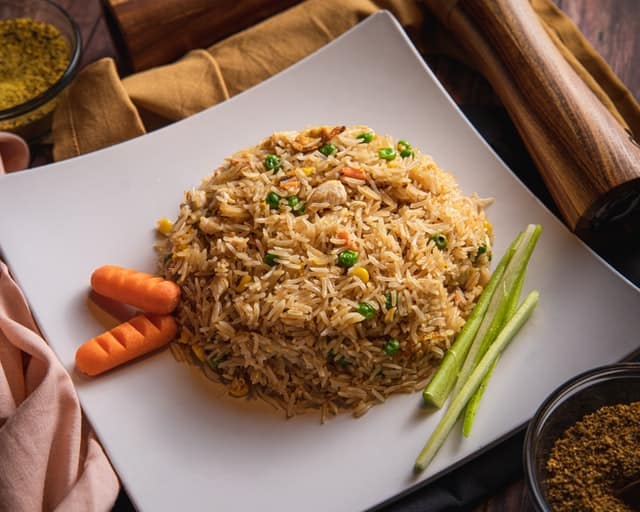
There are a few things you should know about brown rice before you buy it. While brown rice contains more nutrients, vitamins, and fiber, and aids in overall health, brown rice also has antinutrients and arsenic.
Antinutrients
Antinutrients are plant compounds that may reduce your body’s ability to absorb certain nutrients. Brown rice contains an antinutrient known as phytic acid, or phytate, that makes it more difficult to digest. While phytic acid may offer some health benefits, it also reduces your body’s ability to absorb iron and zinc from food. Over the long term, eating phytic acid with most meals may contribute to mineral deficiencies. However, this is very unlikely for people who eat a varied diet.
Arsenic
Brown rice tends to be higher in arsenic than white rice. Arsenic is a toxic heavy metal that is naturally present in the environment, but it has been increasing in some areas due to pollution. Significant amounts have been identified in rice and rice-based products. Long-term consumption of arsenic may increase your risk of chronic diseases including cancer, heart disease, and type 2 diabetes. However, this should not be a concern if you eat rice in moderation as part of a varied diet.
Don’t Stop There
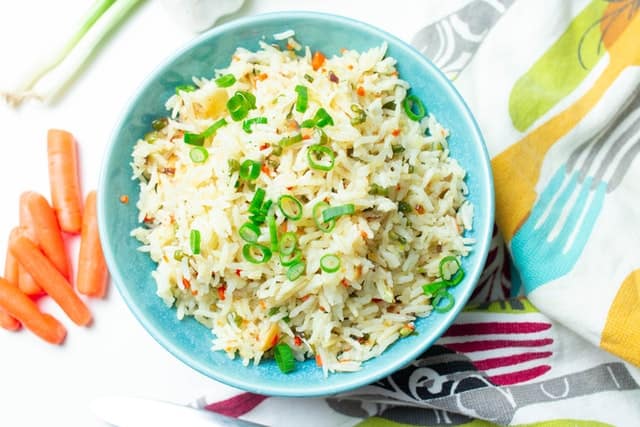
While brown rice and white rice are the most popular, there are other varieties and colours of rice. Whole grains contain a lot of vitamins and minerals in a small package. If you think brown rice is the only whole grain rice, think again. There is whole grain red, black, and wild rice available around the world. And these varieties are richer in disease-fighting antioxidants.
Studies demonstrate that people who consume more dietary antioxidants, like in brown, red, black, or wild rice, have lower risks of conditions like metabolic syndrome, depression, certain cancers, and heart disease. Don’t stop just at brown rice – broaden your horizon on whole grain rice in general to get the most out of your meal.
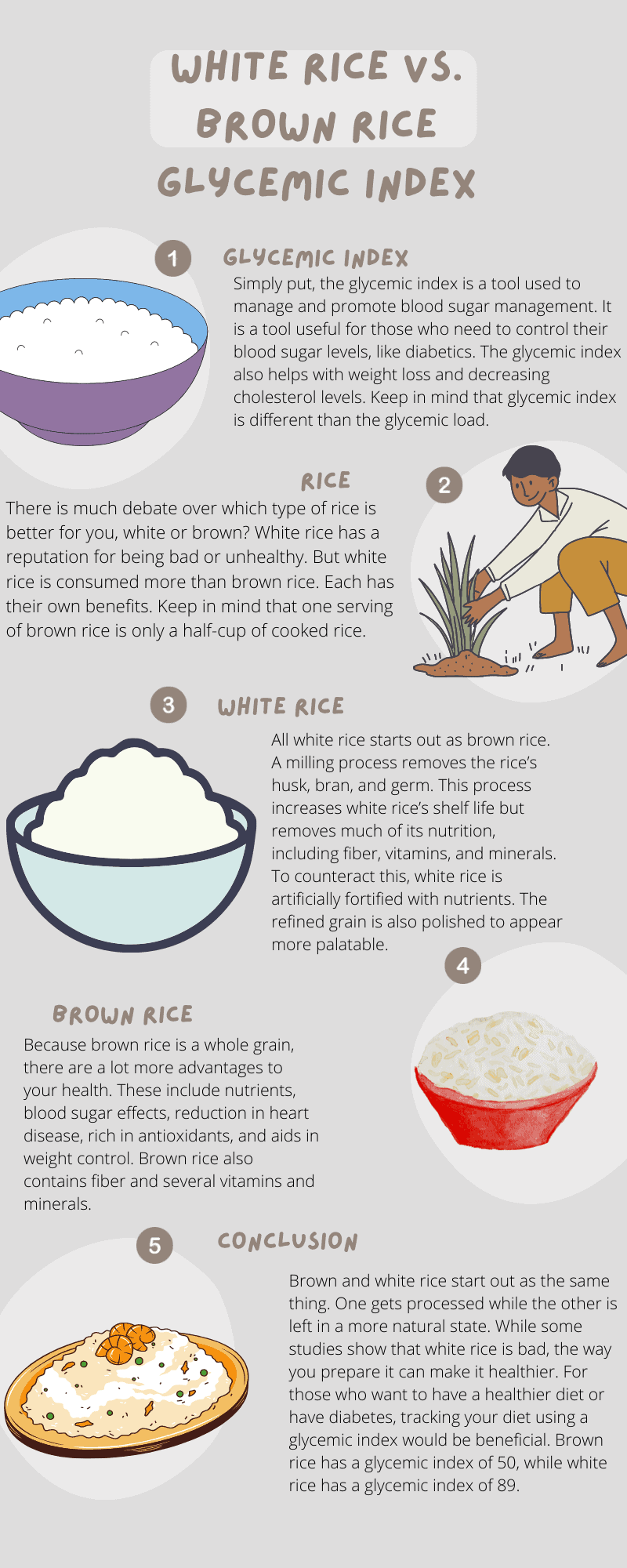
Conclusion
Brown and white rice start out as the same thing. One gets processed while the other is left in a more natural state. While some studies show that white rice is bad, the way you prepare it can make it healthier. For those who want to have a healthier diet or have diabetes, tracking your diet using a glycemic index would be beneficial. Brown rice has a glycemic index of 50, while white rice has a glycemic index of 89.
If you prepare white rice properly, the glycemic index can come down to 53. Broaden your horizon on whole grain rice because there are a lot of other varieties out there. And remember, everything is about moderation and balancing a healthy diet!


